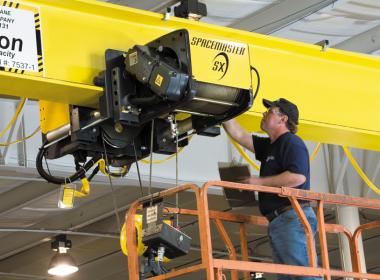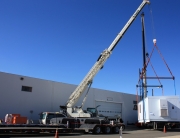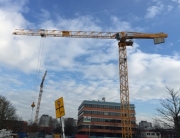For several overhead crane operators, executing OSHA’s guidelines for crane inspection and preventive maintenance is a different practice in some ways. They find some isolated procedures in both practices, which keep them different from each other. But, a number of operators don’t agree with their views, as they think that the purpose of these practices is same and thus they don’t contradict each other in any ways.
But when it comes to the procedures practiced in these two events, we find some differences. Let’s shed lights on the key points:
The inspection procedures, suggested by OSHA, are required to comprise of a complete set of preventive maintenance practices. The OSHA CFR 1910.179 regulations, aimed at periodical inspections, offer 10-point agenda, which provides them with a set of practical measures to ensure the equipment installed in crane system is functioning well.
The proposed checklist for crane inspection demands some additional practices just more than a visual scrutiny. The frequent inspection includes examining all the functioning apparatuses and checking if the operating components are working properly. On the other hand, the checklist does also indicates towards scrutinizing safety devices like LSI GS 320 wind speed display that gives real-time alerts to the operators if the weather condition is not favorable.
For preventive measures, the operators are concerned with mainly two trials: replacing malfunctioning hardware and educating the workers with new and latest updates. As a preventive measure, the experts try to ensure the crane system doesn’t repeat any frequent problems. They replace the malfunctioning components with new ones so as to prevent the potential hazards at workplace. Moreover, checking or installing crane safety devices is also a prominent preventive measure.
Last of all, educating the employed workers and crane experts is also believed to be different from crane inspection. It is entirely aimed at preventing feasible risk in the long run.
To conclude…
We can differentiate between these two key trials based on different procedures, but the ultimate purpose of these procedures is to ensure a degree of safety at the workplace and to withstand all the challenges while operating overhead crane machines.
www.osha.gov/cranes-derricks/small_entity.html#inspections









